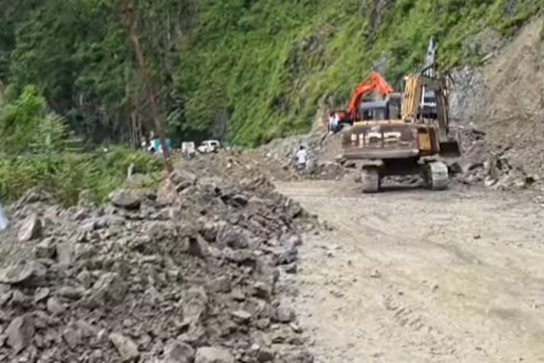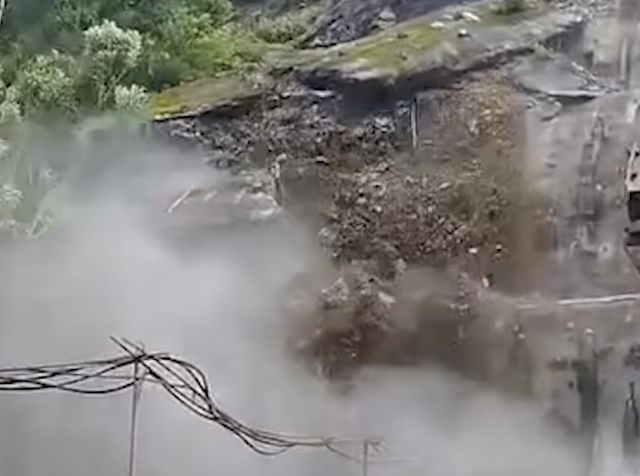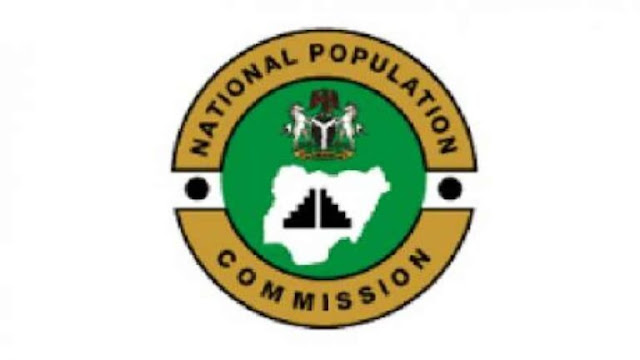The highway stretch between Sevoke (Km 0.00) and Ranspo (Km 52.1) — a vital artery connecting Kalimpong and Sikkim — remains completely shut to all classes of vehicles. In particular, the section from Coronation Bridge (Km 0.0) to Chitrey (Km 30.0) has been flagged as critically unsafe due to recurring landslides, structural cracks, and erosion.
This extended closure has been announced under Section 33 of the Control of National Highways (Land and Traffic) Act, 2002, citing public safety concerns. The Highway Administrator of NH-10 has enforced the traffic halt in light of worsening ground conditions, including visible road cave-ins and narrowing of the carriageway at key stretches like Setijhora, where almost a third of the highway is reported to be sliding into the Teesta River.
The District Administration may coordinate traffic regulation measures to facilitate movement across nearby regions, and the Superintendent of Police of Darjeeling and Kalimpong districts has been formally requested to deploy adequate police personnel near high-risk zones to manage traffic diversions and ensure commuter safety.
Simultaneously, the Pedong–Rishi–Sikkim corridor via NH-717A has also been closed until August 6 by Kalimpong Police due to similar landslide threats. Heavy vehicles have been explicitly prohibited from using any of the alternate or regular routes until further notice.
To manage limited connectivity between Sikkim and the plains, authorities have designated three narrow and winding hill routes for light vehicles and small passenger carriers only:
-
Siliguri → Jorebunglow → Teesta Bazaar → Rangpo → Gangtok
-
Siliguri → Sevoke → Damdim → Gorubathan → Lava → Algarah → Rangpo → Gangtok
-
Siliguri → Sevoke → Bagrakote → Lava → Algarah → Rangpo → Gangtok (via NH-717A)
However, travelers are strongly urged to proceed with extreme caution as these mountain roads are poorly suited for high traffic volumes, and many segments remain vulnerable to fresh landslides.
The region’s mobility crisis has been worsened by a new landslide at Tarkhola on August 2, which cut off Kalimpong and Sikkim for nearly five hours, highlighting the fragile state of the local transport network. Multiple key locations have now emerged as critical flashpoints, significantly hampering recovery and emergency mobility:
-
Setijhora (NH-10): Severe erosion and cracking; closed to all heavy vehicles
-
Kataray (Lava Road): Landslide debris blocking route; impassable for larger transport
-
Rishi Road (Pedong–Rishi–Sikkim): Fully blocked due to repeated landslides
-
Rangpo–Siliguri (via Munsong–Lava–Gorubathan): Major disruptions; partially inaccessible
-
Rangpo–Melli: Open but functioning at reduced capacity
Adding to the complexity of the crisis, the Teesta River’s altered course has triggered emergency evacuations in Totgaon village, under Jalpaiguri’s Malbazar block. On Sunday, 43 families were displaced as the river — which had once flowed 2 km away — now threatens their homes directly. In 2023, the same area suffered the loss of 15 homes during the Sikkim glacial lake outburst flood. With fear mounting, many residents are now dismantling their homes voluntarily in anticipation of further erosion.
The fragile Himalayan transport corridor connecting West Bengal with Sikkim has suffered yet another setback, as a protection wall of Tunnel 7 (T7) on the under-construction Sevoke–Rangpo railway line has collapsed at Ravi Jhora, intensifying concerns over the region’s infrastructure vulnerability.
According to initial reports, the entire wall above the left side of the tunnel entrance gave way, crumbling from the top and causing significant damage to the structure at Tunnel 7, one of several critical tunnels along the 45-kilometre rail alignment. This section is being developed by Indian Railways to enhance connectivity between Sevoke in West Bengal and Rangpo in Sikkim.
The collapse, which comes amid ongoing landslide activity and the extended closure of National Highway 10 (NH-10) due to similar hazards, raises fresh alarms about the stability of large-scale infrastructure projects in this geologically sensitive zone. Officials have yet to issue a detailed technical assessment, but it is expected that construction activities in and around Tunnel 7 may be paused or rerouted until safety evaluations are completed.
The incident adds to the series of weather-induced disruptions in the region over the past week, including landslides, road cave-ins, and river-induced erosion that have displaced families and cut off vital routes. As of now, both road and rail connectivity in the Sevoke–Kalimpong–Sikkim corridor remain under severe strain.
Authorities continue to monitor the situation closely and are urging the public to avoid travel unless absolutely necessary, especially in areas near construction zones and active slopes.










